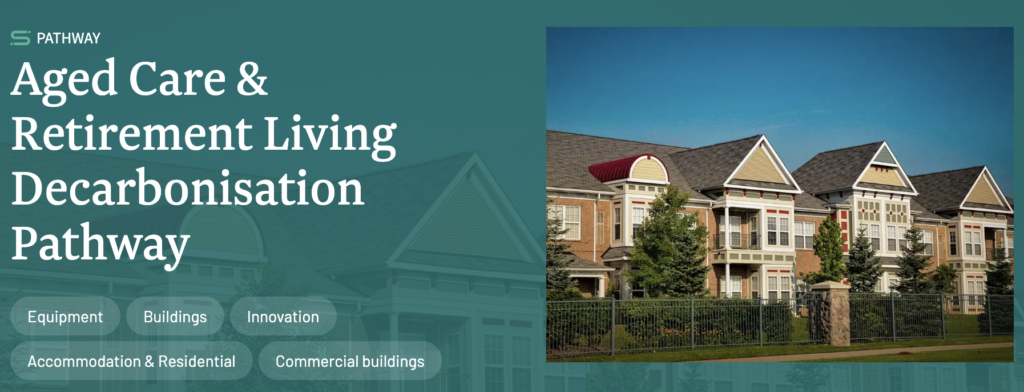
EECA, the Energy Efficiency and Conservation Authority, launched a valuable resource in 2023 to support the aged care and retirement living sector on its decarbonisation journey. The suite of tools and resources, developed with input from the sector, aims to help reduce emissions across the sector. We’ve worked with several retirement community providers in the past and I wish these tools had been available then.
One of the key aspects of this initiative is the availability of tools that allow for comparison across different facilities. This benchmarking approach, much like NABERSNZ, provides a framework for organisations to fairly assess their current energy performance and identify areas for improvement. The main goal is to offer a clear understanding of where each facility stands in terms of its energy use and carbon emissions. It might seem simple but knowing that you can do better is much more motivating to clients than a computer model or overseas reference building. The flowpath of measure, set targets and work to reduce demand is simple but folks will often try and make the targets ‘easy to hit’ without an industry comparison to look towards.
The split incentive issue
The aged care sector presents an interesting dynamic when considering energy efficiency investments. For some operations, there isn’t a split incentive issue because the owner of the facility also pays for the operational energy costs. In such cases, the long-term energy and carbon savings directly benefit the owner, potentially offsetting the initial capital costs of energy efficiency upgrades. This aligns with a sector that typically balances the cost of money with long-term returns.
However, the common model used by most retirement villages introduces a significant split incentive. Residents purchase a license to occupy which usually seems them responsible for paying their power bills. The initial capital costs for building and infrastructure are borne by the village investors. This means there’s no direct financial reward for the village investors in pursuing long-term energy savings, as these savings would primarily benefit the residents. Unless the energy efficiency measures can provide a marketing advantage by attracting environmentally conscious residents, or if the cost relationship is structured to account for these savings, the split incentive can be a barrier to implementing more ambitious decarbonisation strategies.
Understanding and addressing the nuances of split incentives within different operational models will be crucial for encouraging energy efficiency and carbon emission reductions in the aged care sector.